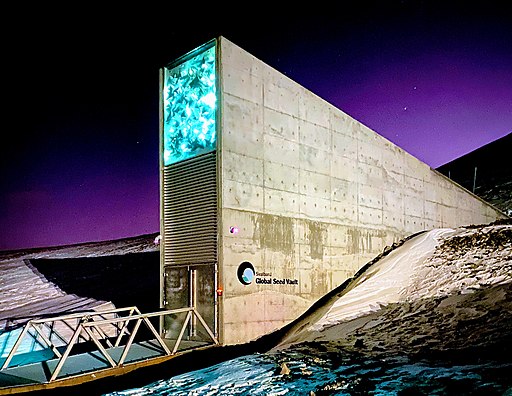Life after college#
We are interested in estimating the proportion of graduates at a mid-sized university who found a job within one year of completing their undergraduate degree. Suppose we conduct a survey and find out that \({{ params.description.num1 }}\) of the \({{ params.description.num2 }}\) randomly sampled graduates found jobs. The graduating class under consideration included over \({{ params.description.num3 }}\) students.
Part 1: (a)#
Select the population parameter of interest.
Answer Section#
Proportion of graduates from this university who found a job within one month of graduating.
Average GPA of graduates from this university within one year of graduating.
Total number of faculty members at this university.
Proportion of graduates from this university who found a job within one year of graduating.
Part 1: (b)#
What is the value of the point estimate of this parameter?
Answer Section#
Please enter in a numeric value
Part 2#
Check if the conditions for constructing a confidence interval based on these data are met.
Answer Section#
This is not a random sample, so the observations are not independent.
The success-failure condition is not satisfied: 365 successes, 113 failures, both below 10.
The success-failure condition is satisfied: 365 successes, 113 failures, both well above 10.
This is a random sample, so the observations are independent.
Part 3: (a)#
Calculate the lower bound of the \({{ params.num_part4.num1 }}\)% confidence interval for the proportion of graduates who found a job within one year of completing their undergraduate degree at this university.
Answer Section#
Please enter in a numeric value
Part 3: (b)#
Calculate the upper bound of the \({{ params.num_part4.num1 }}\)% confidence interval for the proportion of graduates who found a job within one year of completing their undergraduate degree at this university.
Answer Section#
Please enter in a numeric value
Part 3: (c)#
In one sentence interpret this interval in context.
Answer Section#
We are \(95\)% confident that only [lower bound]% to [upper bound]% of graduates from this university were employed within six months of finishing their undergraduate degree.
We are \(95\)% confident that nearly [lower bound]% to [upper bound]% of graduates from this university didn’t manage to find a job within one year of completing their undergraduate degree.
We are \(95\)% confident that about [lower bound]% to [upper bound]% of graduates from this university secured employment within five years of completing their undergraduate degree.
We are \(95%\)% confident that approximately [lower bound]% to [upper bound]% of graduates from this university found a job within one year of completing their undergraduate degree.
Part 4#
What does “95% confidence” mean?
Answer Section#
95% confidence means that if we repeated this survey 100 times, 95 of the results would fall within this interval.
95% confidence means that 95% of the graduates found jobs within one year of completing their undergraduate degree.
95% confidence means that the survey was conducted with 95% accuracy.
95% of such random samples would produce a 95% confidence interval that includes the true proportion of students at this university who found a job within one year of graduating from college.
Part 5: (a)#
Calculate the lower bound of the \({{ params.part8.num1 }}\)% confidence interval for the same parameter.
Answer Section#
Please enter in a numeric value in.
Part 5: (b)#
Calculate the upper bound of the \({{ params.part8.num1 }}\)% confidence interval for the same parameter.
Answer Section#
Please enter in a numeric value in.
Part 6#
Compare the widths of the 95% and 99% confidence intervals. Is the 99% confidence interval wider or narrower than the 95% confidence interval? (You can answer this question without having to actually calculate the confidence interval).
Answer Section#
Attribution#
Problem is from the OpenIntro Statistics textbook, licensed under the CC-BY 4.0 license.
